 28-05-2023
28-05-2023- Blog
- 0 comments
- 3006 Views
Engineered wood flooring offers several advantages over other flooring options, including:
Stability: Engineered wood consists of multiple layers of wood, with a top layer of real hardwood. The layers are stacked in a cross-grain configuration, which provides excellent stability. This construction reduces the chances of the flooring expanding, contracting, or warping due to changes in temperature or humidity.
Moisture resistance: Engineered wood is more resistant to moisture compared to solid hardwood. The cross-layered construction helps to prevent moisture-related issues such as swelling, buckling, or cupping. This makes engineered wood a suitable choice for areas with higher moisture levels, such as basements or bathrooms.
Versatility: Engineered wood flooring is available in a wide range of wood species, colors, finishes, and plank sizes. This allows you to find the perfect style and appearance to match your design preferences and complement your home's aesthetics.
Easy installation: Engineered wood flooring is typically designed with a tongue-and-groove system, which makes installation easier and faster compared to other flooring types. It can often be installed as a floating floor, without the need for nails or glue, saving time and reducing installation costs.
Compatibility with underfloor heating: As mentioned earlier, engineered wood is generally compatible with underfloor heating systems. Its construction and stability make it less prone to damage from temperature fluctuations, allowing for efficient and comfortable heating in your home.
Environmental sustainability: Engineered wood is often made from sustainably sourced wood veneers for the top layer, reducing the demand for solid hardwood. Additionally, the manufacturing process uses fewer natural resources and produces less waste compared to solid hardwood production.
It's worth noting that while engineered wood offers many advantages, it may have limitations in terms of refinishing options. The thickness of the top hardwood layer determines the number of times the floor can be sanded and refinished. Therefore, it's important to choose a product with a top layer that matches your long-term maintenance needs.

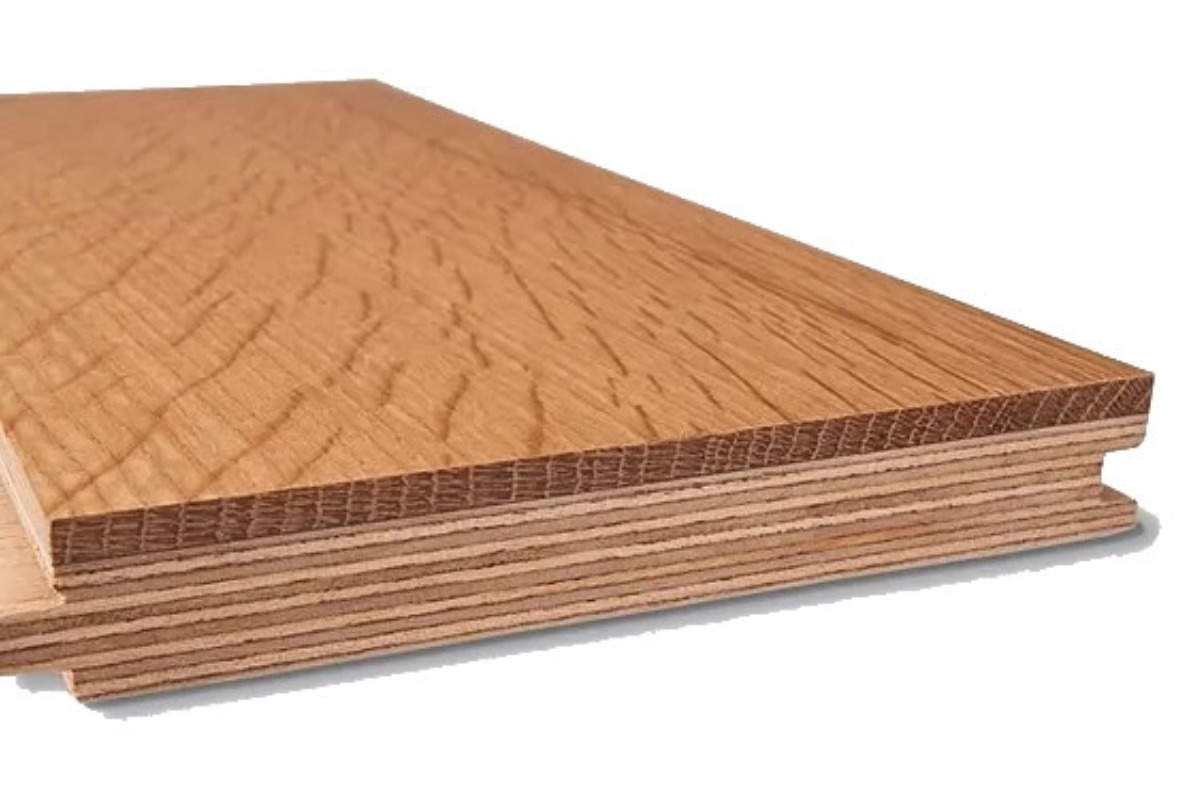

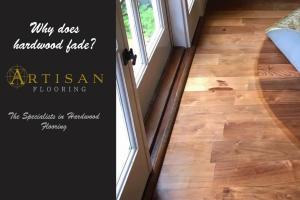
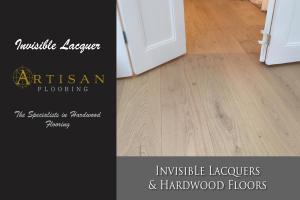



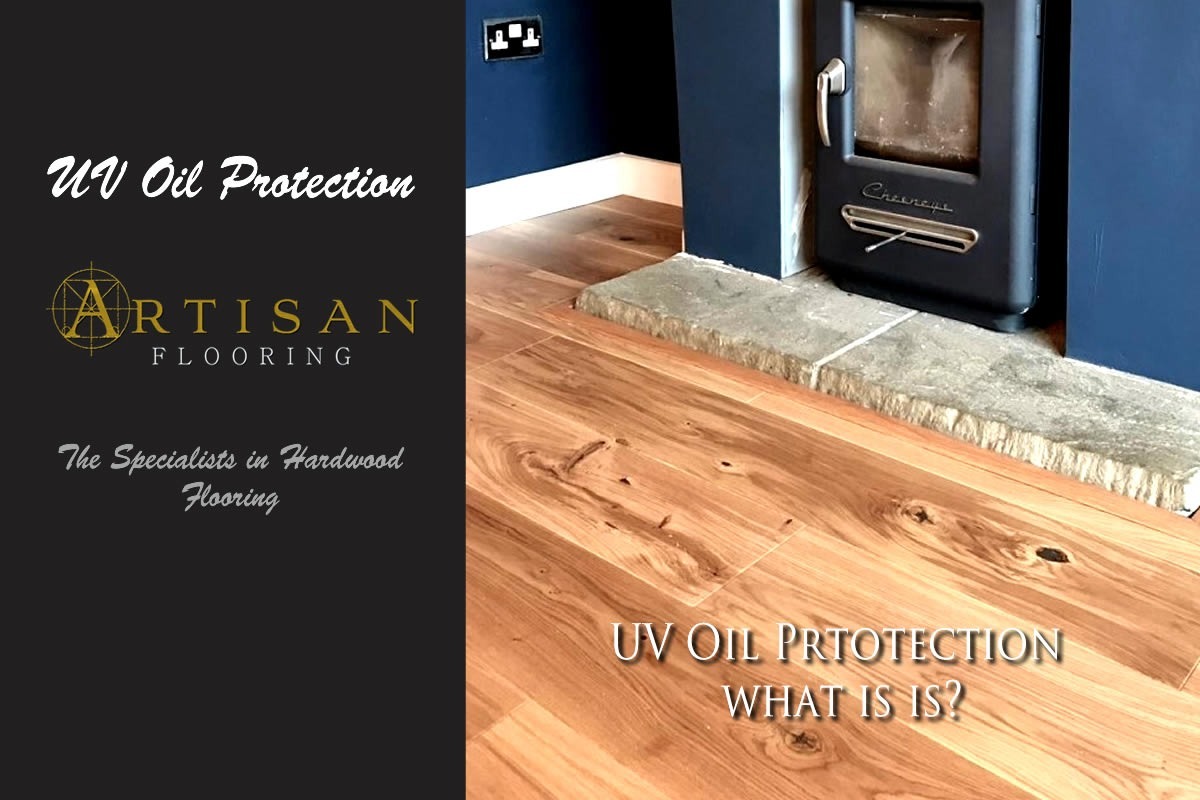

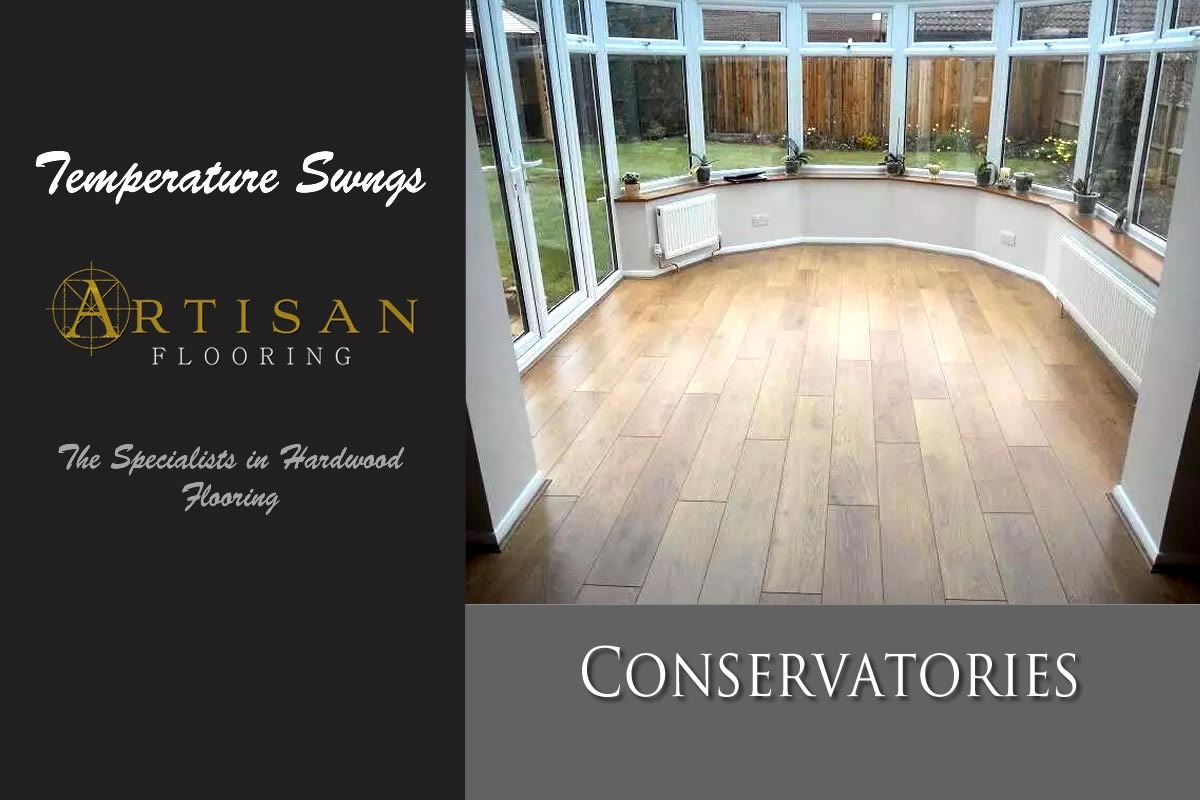
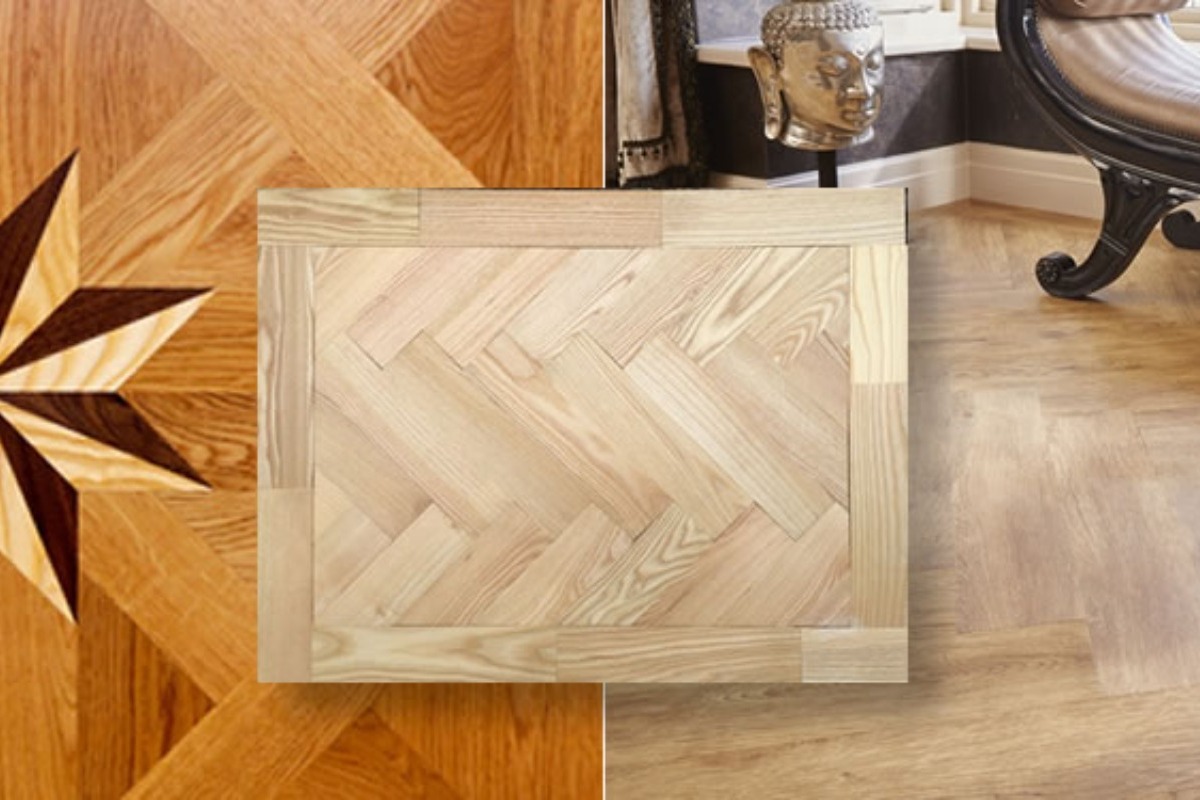


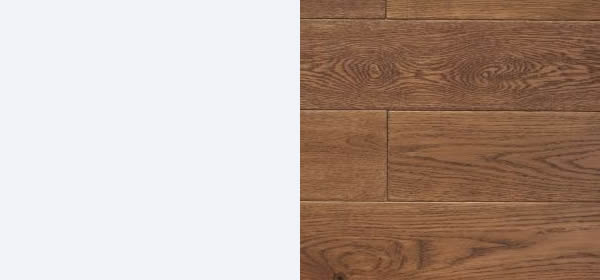
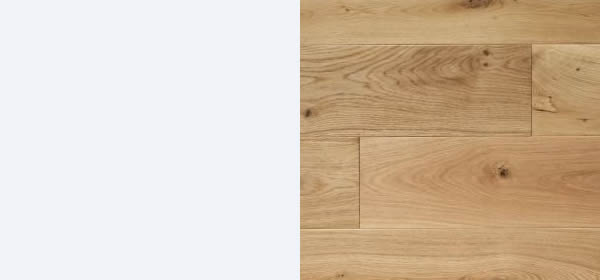

Recent Comments
No Comments have been left yet! Be the first :)